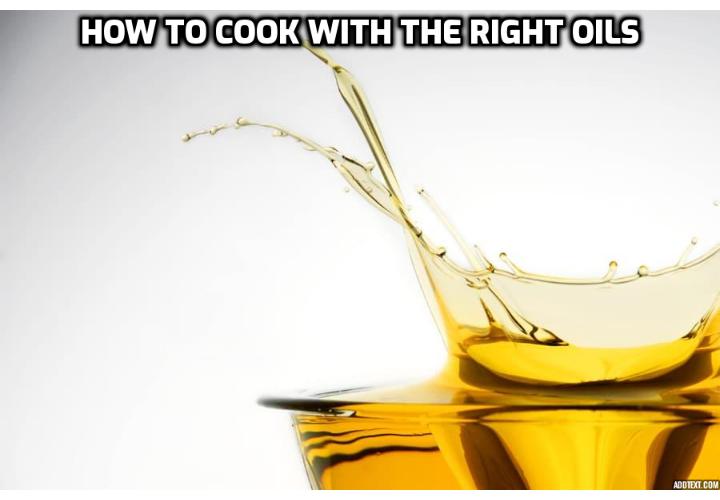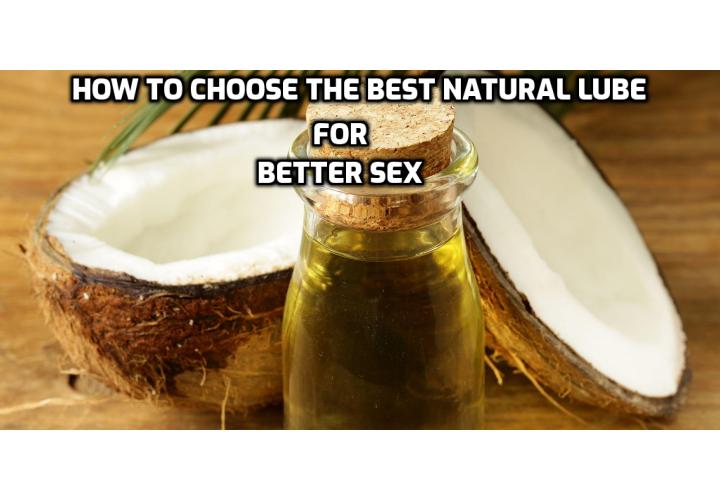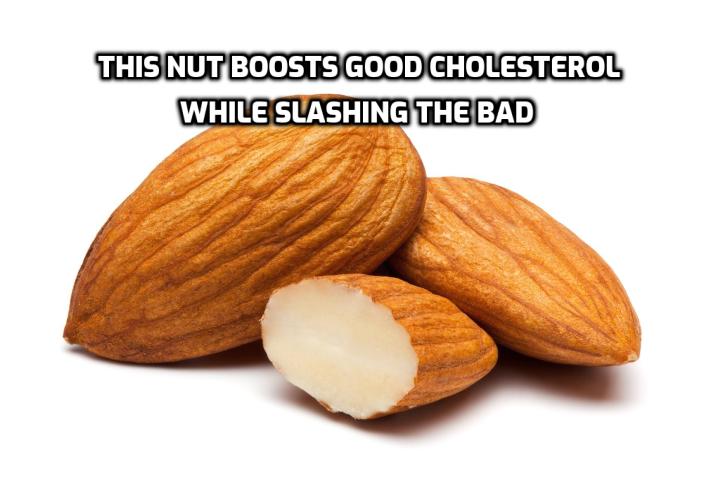Click HERE to Discover these 80 Keto-Friendly and Healthy Slow Cooker Recipes
The Complete Guide to Cooking Oils
There’s nothing quite like freshly roasted veggies drizzled in olive oil or a pan-fried steak crisped on the edges by a generously-oiled sauté pan.
Not all oils are created equal, however. Some are better for cooking, others are best enjoyed at room temperature, and some should be avoided at all costs.
Read on to discover how to cook with the right oils, and how choosing your variety wisely can help reduce your risk for certain diseases.
What Are Cooking Oils and How Are They Produced?
Cooking oils are the fatty liquid extracted from various plants, fruits, nuts, and seeds.
Olive oil in particular has been produced for thousands of years across the Mediterranean, where ancients used crushing mechanisms to squeeze the oil from the fruit.
Today, our love for oils continues, albeit with a more efficient production process.
Depending on whether an oil is cold-pressed or not (we’ll explain what this means soon), it is usually extracted using either solvent extraction (which involves introducing a substance that will dissolve the oil from the fruit) or a grinding and pressing mechanism that presses the oil from the fruit or nut in a more natural way.
Types of Fats Found in Cooking Oils
While the oils lining your grocery store shelves are typically viewed as simply “vegetable fats”, there’s actually quite a bit more involved. Every type of oil consists of different types of fats that play a crucial role in whether they make a good cooking oil or not.
All fats have a similar chemical structure consisting of carbon atoms bonded to hydrogen atoms in a chain. The crucial difference between each fat and how it stands up to cooking with high heat depends upon the length and shape of the carbon chain and the number of hydrogen atoms connected to the carbon atoms.
Below we break down the three different fats found in oils for a look at what’s really happening when you cook with them.
Monounsaturated Fats
Monounsaturated fats (MUFAs) are the fats found in abundance in olive oils, nuts, avocados, and other fatty plant foods. This is the main fat that is mentioned when you hear people discuss the benefits of the Mediterranean diet, which is rich in olive oil and nuts.
MUFAs contain a melting point in between saturated and polyunsaturated fats, meaning that they remain liquid at room temperature but begin to solidify when chilled or refrigerated. This structure also makes them slightly more stable than polyunsaturated fats when exposed to heat.
Polyunsaturated Fats
Polyunsaturated fats (PUFAs) are also found in plant-based oils, but are found in a higher concentration in oils like peanut, corn, soy, sunflower, and canola oils.
The structure of PUFAs makes them less stable when exposed to heat. And while a small amount of PUFAs are necessary in our diets, too many of them (especially after they’ve been heated) can cause inflammation and set the stage for developing diseases like cancer.
Saturated Fats
Saturated fats are found in small concentrations in plant oils (the exception being coconut, which is mostly saturated fat) and in abundance in animal cooking fats like lard and tallow.
Saturated fats are the number one choice for cooking due to their ability to resist heat damage. While saturated fats have been demonized in the past, modern research shows they are actually an essential part of our diet and have a multitude of benefits, such as increasing good cholesterol and improving blood pressure.
What Makes a Good vs. Bad Cooking Oil?
Now, let’s dive a little deeper into the chemical bonds of what makes an oil a good choice for cooking.
In general, the more double bonds a fat contains, the less stable it will be when exposed to heat. This is why polyunsaturated fats, which contain at least two double bonds, are not great for cooking, while saturated and monounsaturated contain one or zero.
Other factors play a role in how much heat is needed to make these oils unstable as well.
- Smoke Point. The smoke point of an oil is the temperature at which an oil starts to break down and form compounds that can be extremely damaging to your health. When it comes to high heat cooking, you want to choose an oil with a higher smoke point.
- Oxidative Stability. Oxidative stability refers to an oil’s ability to resist oxidation, which is the process that causes fat molecules in oil to form free radicals. Free radicals can cause a whole host of health problems, including heart disease, aging, cancer, Alzheimer’s, Parkinson’s, and even inflammatory disease like arthritis. This is mainly due to their ability to severely damage your DNA.
This is why it’s extremely important to choose an oil with a high oxidative stability. This largely depends on its chemical makeup, its smoke point (high is better), and its antioxidant content, which can help protect it from oxidation.
Health Effects of Overheated Oils
Once an oil starts to break down, it creates compounds that can be extremely damaging to your health. One of these compounds, acrolein, is one of the chemicals found in cigarette smoke and has been linked to ulcers and hemorrhages in the gut lining.
Aside from acrolein, other compounds such as free radicals can form in oxidized oils and cause DNA damage and disease. Studies have shown compounds in heated oil can also cause altered glucose metabolism, increased risk of heart disease, and an increased risk of cancer, especially when heated repeatedly.
Worst Oils to Cook With
Now that you know the basic structure of oils and the general things to look for in a quality oil, let’s check out the worst oils for cooking. You’ll typically want to avoid many of these altogether, as many aren’t Paleo (aside from sunflower and walnut oils).
These oils are mostly polyunsaturated fats with lower smoke points and low amounts of antioxidants, making them unstable under heat.
Overall, you want to look for a higher smoke point of closer to 400ºF for cooking; most of these oils are far below this.
Corn, Peanut, and Soy Oils
Smoke Point: 320ºF
Corn, peanut and soy oils are bad news, even for consumption without heating. Studies have shown these oils, which are rich in unstable polyunsaturated fats, can actually increase your risk of dying from heart disease.
These oils naturally have a low smoke point and are easily oxidized, which can trigger the formation of free radicals and other dangerous compounds. Plus, most corn and soy oils hail from genetically modified plants.
Canola Oil
Smoke Point: 350ºF
Canola oil is another oil that should be avoided. Most come from GMO ingredients, along with a lower smoke point and high susceptibility to oxidation.
Safflower Oil
Smoke Point: 225ºF
Safflower oil has a very low smoke point and a high amount of PUFAs, making it easily susceptible to forming free radicals.
Sunflower Oil
Smoke Point: 225ºF
Sunflower oil also has a low smoke point and is mostly PUFAs, which contributes to inflammation and other negative health effects.
Walnut Oil
Smoke Point: 320ºF
While walnut oil is actually a healthy oil due to its higher concentration of monounsaturated fats, it still has a lower smoke point. Because of this, it’s best to use walnut oil under gentle heat or enjoy raw on salads.
Best Oils to Cook With
These oils are the best to cook with due to having high smoke points, a high resistance to oxidation, and high antioxidant levels.
Coconut Oil
Smoke Point: 350ºF
Coconut oil is almost pure saturated fat, making it one of the best oils around to cook with. While it has a medium smoke point, the lack of double bonds makes it stable under high heat.
Animal Fats (Lard and Tallow)
Smoke Point: 370ºF
While animal fats aren’t technically oils, they are excellent for cooking. The saturated fatty acids help resist oxidation and heat damage, leading to higher smoke points.
Macadamia Nut Oil
Smoke Point: 390ºF
Macadamia nut oil has an excellent balance between monounsaturated fats and polyunsaturated fats, making it more stable under heat due to having fewer double bonds.
Olive Oil
Smoke Point: 405ºF
Olive oil is made up of mostly monounsaturated fats, making it a relatively stable oil in the face of heat. In addition, extra virgin olive oil contains many antioxidants, including vitamin E, which help it resist oxidation.
Avocado Oil
Smoke Point: 520ºF
Avocado oil is the best choice for high heat cooking, with the highest smoke point of 520ºF. That’s because it is mostly made up of monounsaturated fat, which helps it resist forming free radicals when heated.
How to Properly Store Oils
The way you store your oils can have a significant impact on retaining their smoke points, minimizing oxidation and avoiding rancidity.
As a general rule, you want to store oils in a cool, dark place. Exposure to heat and light (especially sunlight) can cause an oil to go rancid faster.
The Bottom Line
It’s important to be aware of the varying smoke points of oils before cooking with them. Fortunately, oils made from Paleo foods tend to be the best to cook with. This makes it easy to choose the right oil to roast and fry without hesitation.
Want to learn how to cook with the right oils? Watch this video – Is Your Cooking Oil Making You Fat and Sick? 2 Ways to Choose a Paleo Oil
Written by Megan Patiry
Author Bio:
Megan is an inquisitive nutrition and wellness writer harboring an editorial love affair with the decadent and the nutritious. She is a dedicated researcher in all areas of ancestral health, a certified specialist in fitness nutrition, personal trainer, and professional almond milk latte addict.
A lot of people have gotten results from the Keto diet, and enjoyed the foods that it has to offer. However, many of the people who are following this diet have a hard time finding the recipes that they need, especially ones that are quick and easy to complete.
Fortunately, Kelsey Ale, noticed this problem, and decided to do something about it. She’s found that making recipes in a slow cooker gives you meals which are not only delicious, but also take very little time to make. Mostly you just put a few simple ingredients in the slow cooker, and let it do the rest.To find out more, click on – Keto Slow Cooker Cookbook





